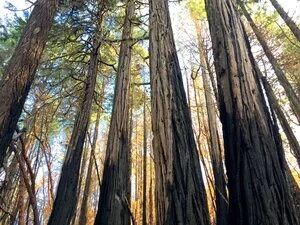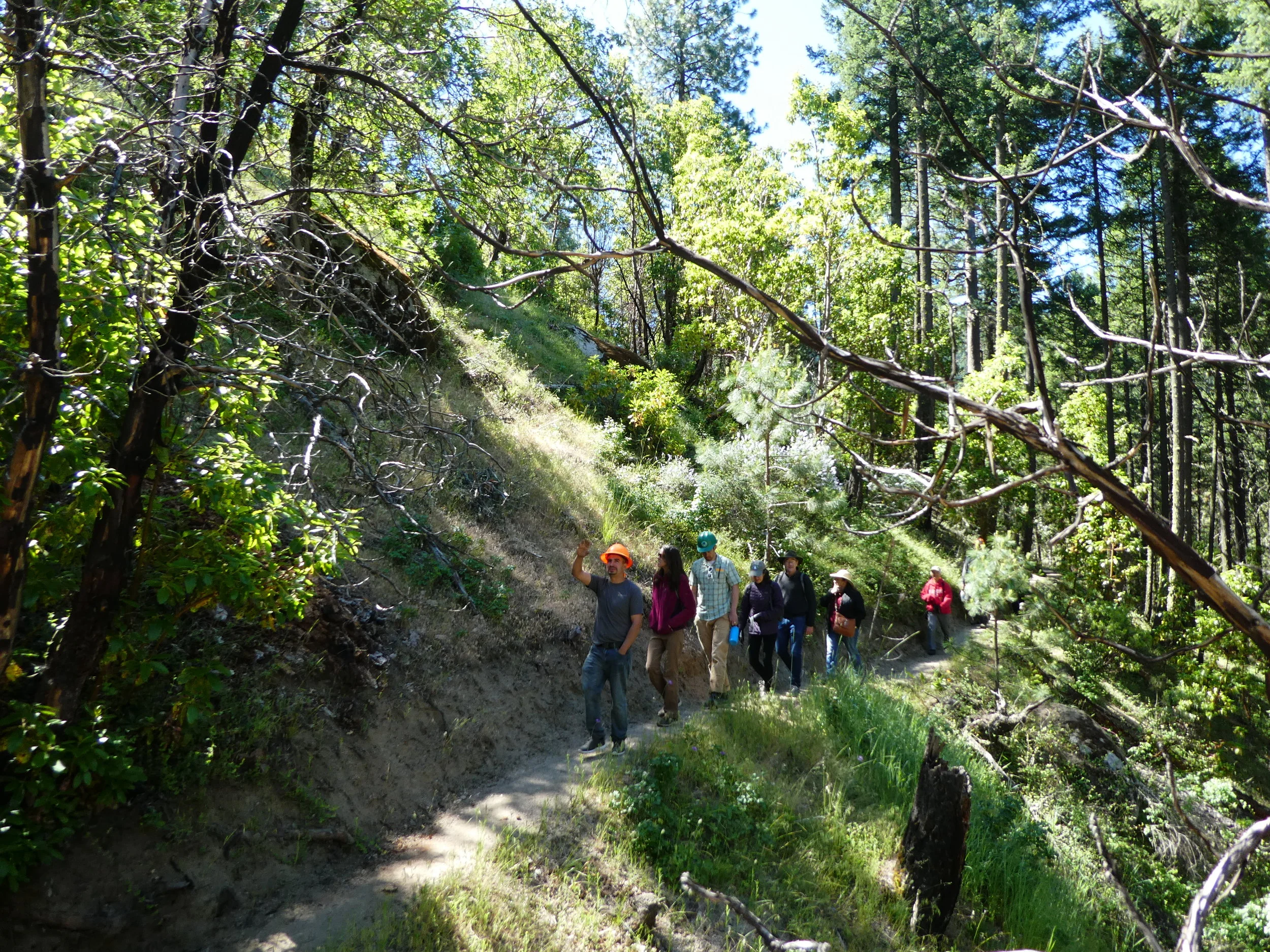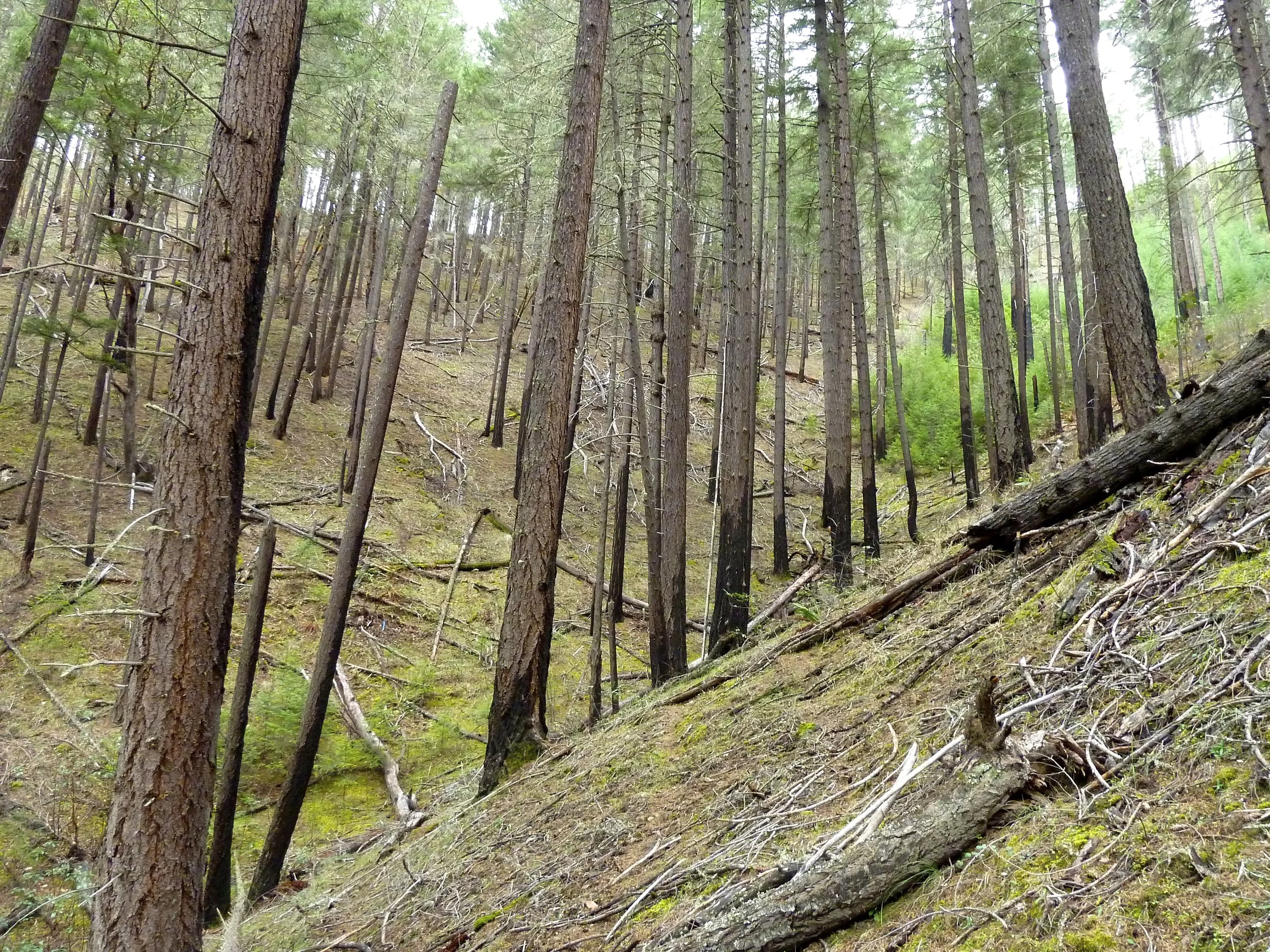Fire and disturbance have always been a natural component of the earth's ecosystems. There are some plants that rely on fire to continue their next generation of life. Click to learn more.
Read MoreInstead of continuing the century-old practice of trying to suppress wildfires, we need to learn from the our native American forebears how to use controlled burns to keep our Klamath-Siskiyou forests healthy and biologically diverse.
Read MoreFor the second talk in KS Wild’s Summer Speaker Series on Fire Management, Dr. Christopher J. Dunn focused on five key things we need to remember in our fire-prone landscape, and a new method derived from his research that may alter how we fight fires in the future.
Read MoreKS Wild, the Northwest Forest Worker Center, and Lomakatsi Restoration Project hosted “The Hands that Touch the Land,” a hike focusing on ecological forestry work.
Read MoreOver 20 people braved the smoke Thursday night to assemble at the Northwest Nature Shop and listen to a lively presentation by forest veteran Richard Fairbanks.
Read MoreSome research shows the region’s forested landscapes were generally more open due to fire prior to the 20th century than they are today and today’s landscape is characterized by denser forests, less structural diversity, more fire-sensitive species, fewer coarse-grained vegetation mosaics, and a greater likelihood of high-severity fire (particularly in previously open ponderosa pine forests).
Read MoreA suite of species depend on fire for their life cycles. Healthy stands of white and purple Ceanothus burst forth after fire and provide for a suite of pollinators. Knobcone pines love the heat that enables their cones to release seeds. Black- backed woodpeckers thrive by foraging amongst blackened snags. Fire is as necessary as water is to the local forest ecosystem.
Read MoreThe forests of the Klamath-Siskiyou Mountains are dependent upon fire. For millennia, lightning storms have ignited blazes that sparked the unique plant communities, tree composition and biodiversity that define the region. Our forests are evolved to accommodate the regenerative force of fire.
Read More







